6 Custom Books Recs Tailored for You
I mean it. I made this for YOU.
Over the past few weeks, I've been getting messages that honestly humble me more than I can say. "I LIVE for these book lists," one reader wrote. "So fresh and thoughtful." Another told me, "High school ruined reading for me. I haven't enjoyed it since. Your page has helped me enjoy books for the first time in 20+ years."
But this one hit deepest: "I'm a romantasy girly and proud to be one. But I've been almost strictly romantasy instead of exploring anything else. All this reading hasn't made me a better person, which I think is the point!"
When I started giving out these color-coded book recs, I hoped they might help a few people think differently about what they were reading. What really blows my mind is that over 1.5 million people have now taken the Read Your Color quiz. A million and a half readers who decided they wanted to understand not just what they read, but how they read.
The color system has become something I never expected: a tool for readers to give themselves permission to grow.
This week's recommendations continue that mission.
🔴 Red Readers: Bel Canto by Ann Patchett
If you're a Red Reader, you've probably been conditioned to think tension means explosions. Patchett shows you something more sophisticated: the way ordinary people become extraordinary under pressure. When terrorists take hostages at a diplomatic party in an unnamed South American country, what emerges isn't a thriller. It's a meditation on how beauty persists in the most impossible circumstances.
This isn't the adrenaline hit you're used to. It's something rarer: sustained intensity that builds meaning instead of just momentum. Patchett understands that the most gripping moments happen when people discover who they really are, not when things blow up.
🟡 Yellow Readers: The Midwife: A Memoir of Birth, Joy, and Hard Times by Jennifer Worth
You want to feel deeply? Worth will take you there, but not through manufactured drama. Her memoir of working in London's East End in the 1950s delivers the emotional weight you crave through actual human experience. Messy, profound, and real in ways that make fictional trauma feel thin by comparison.
This is what happens when someone who understands suffering writes about it without sentimentality. Worth doesn't manipulate your emotions; she earns them. Every tear you shed reading this book is connected to something that actually happened to someone who actually lived.
🟢 Green Readers: When We Cease to Understand the World by Benjamín Labatut
Green Readers, you've likely been settling for productivity hacks disguised as wisdom. Labatut offers something more valuable: a book that actually makes you smarter about how the world works. Half-novel, half-science history, it follows the brilliant minds whose discoveries in physics and mathematics led us to both quantum mechanics and nuclear weapons.
This is intellectual nonfiction at its best. Rigorous enough to teach you something, crafted enough to stay with you. Labatut proves that the deepest truths about reality are stranger and more consequential than any self-help framework.
🔵 Blue Readers: Poetry of the First World War (Penguin Classics)
Blue Readers, if you’ve never taken the first step towards poetry, then today is the day. These poems weren't written for literary magazines or MFA workshops. They were written by men who were about to die, by men who watched their friends die, by men trying to make sense of the senseless.
Wilfred Owen, Siegfried Sassoon, Rupert Brooke. These voices carry the weight of actual experience transformed into language that still cuts a century later. This is what happens when poetry serves its highest purpose: not decoration, but revelation. Not pretty words, but true ones.
🟠 Orange Readers: The Wind-Up Bird Chronicle by Haruki Murakami
Orange Readers, you've been fed a steady diet of fantasy worlds that feel increasingly similar. Same magic systems, same medieval settings, same chosen-one narratives. Murakami offers something genuinely different: a reality that's strange enough to feel like fantasy, but grounded enough to illuminate actual life.
This isn't escapism; it's expansion. Murakami's Tokyo is a place where the ordinary and the mysterious coexist, where a man searching for his missing cat discovers depths in himself and his world that genre fiction rarely bothers to explore.
🟣 Purple Readers: Tortilla Flat by John Steinbeck
Purple Readers, you think you need postmodern fragmentation to find innovation, but Steinbeck was breaking narrative rules before breaking rules was cool. Tortilla Flat reads like a folk tale, but it's actually a subversive reimagining of Arthurian legend set among the paisanos of Monterey, California.
Steinbeck takes the experimental approach that actually works: he serves story and character first, innovation second. The result feels both timeless and completely original, which is what the best experimental work actually does.
Why These Books Matter
Notice what none of these books do: they don't promise to destroy you, heal you, or change your life in 30 days. They don't come with trigger warnings or trope lists. They're not optimized for screenshots or five-star reviews.
What they do is something more valuable. They assume you're intelligent enough to handle complexity, mature enough to sit with ambiguity, and curious enough to follow an author somewhere you haven't been before.
That's not just better reading. That's better thinking. And in a world that profits from keeping us emotionally reactive and intellectually passive, thinking clearly might be the most rebellious thing you can do.
Each week, I recommend one book per reader type as part of the ongoing conversation about reading better, not just reading more. If you're not sure which color you are, take the quiz at or just pick whichever book description made you most uncomfortable. Those are usually the best
.



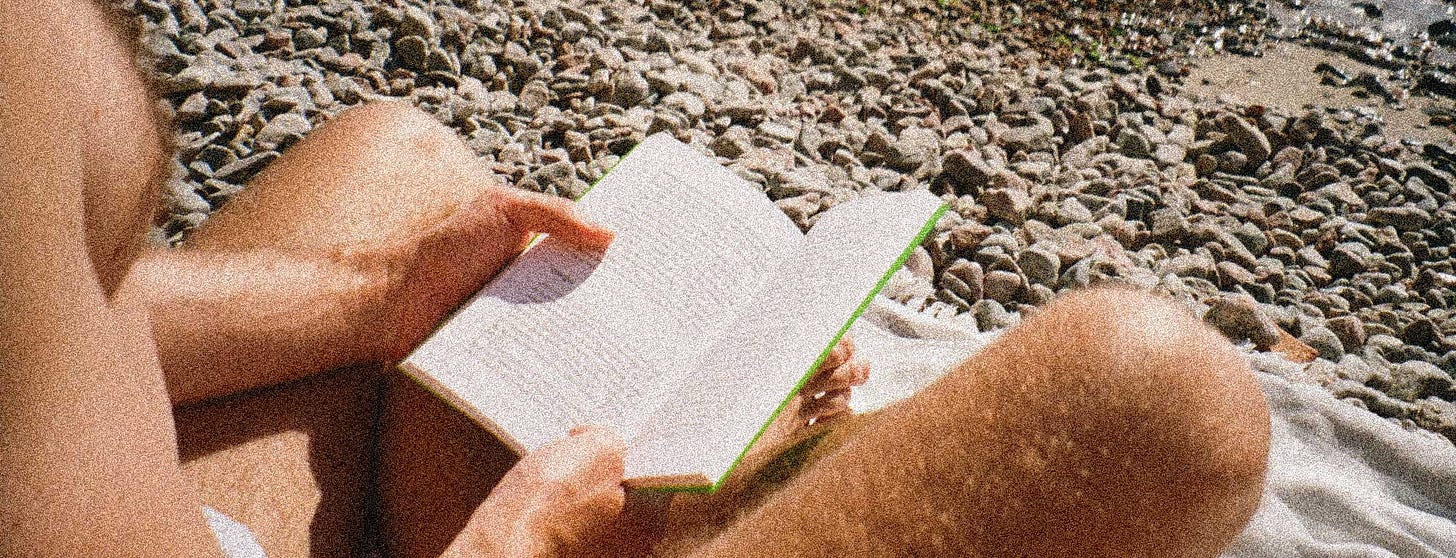
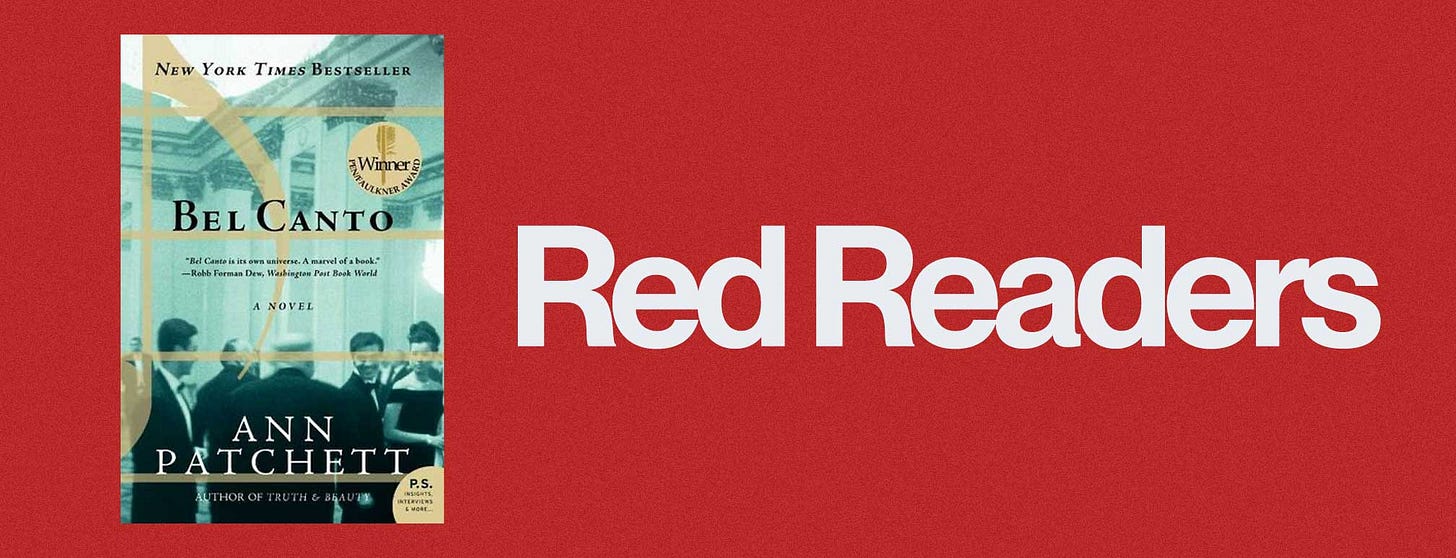
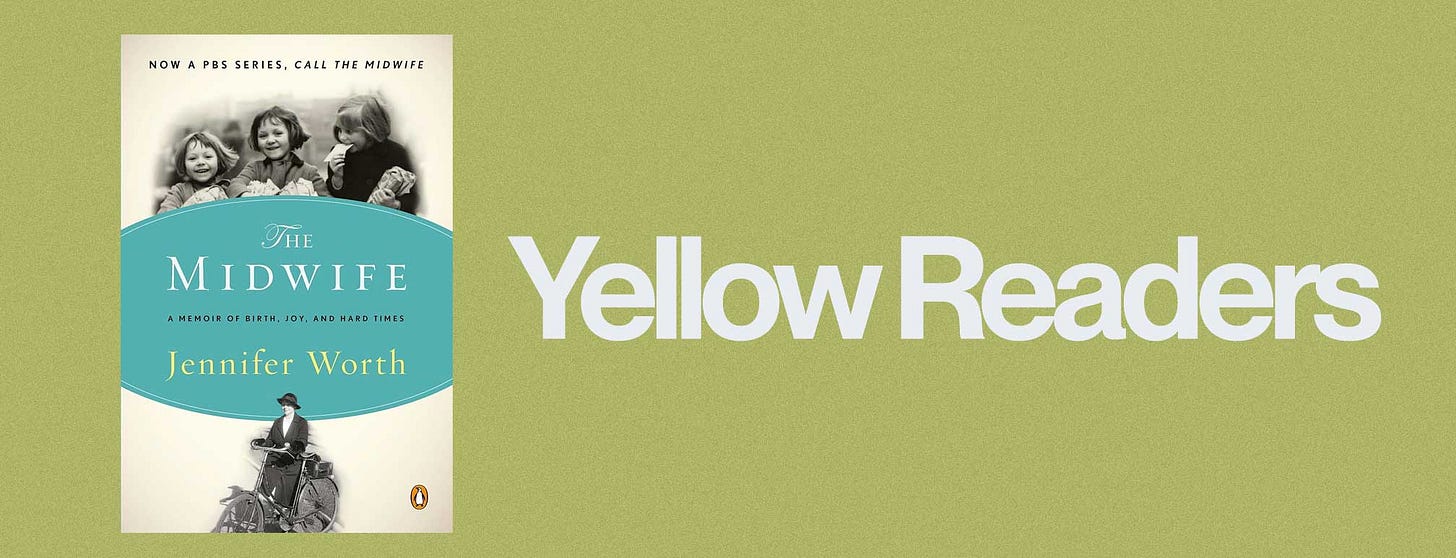
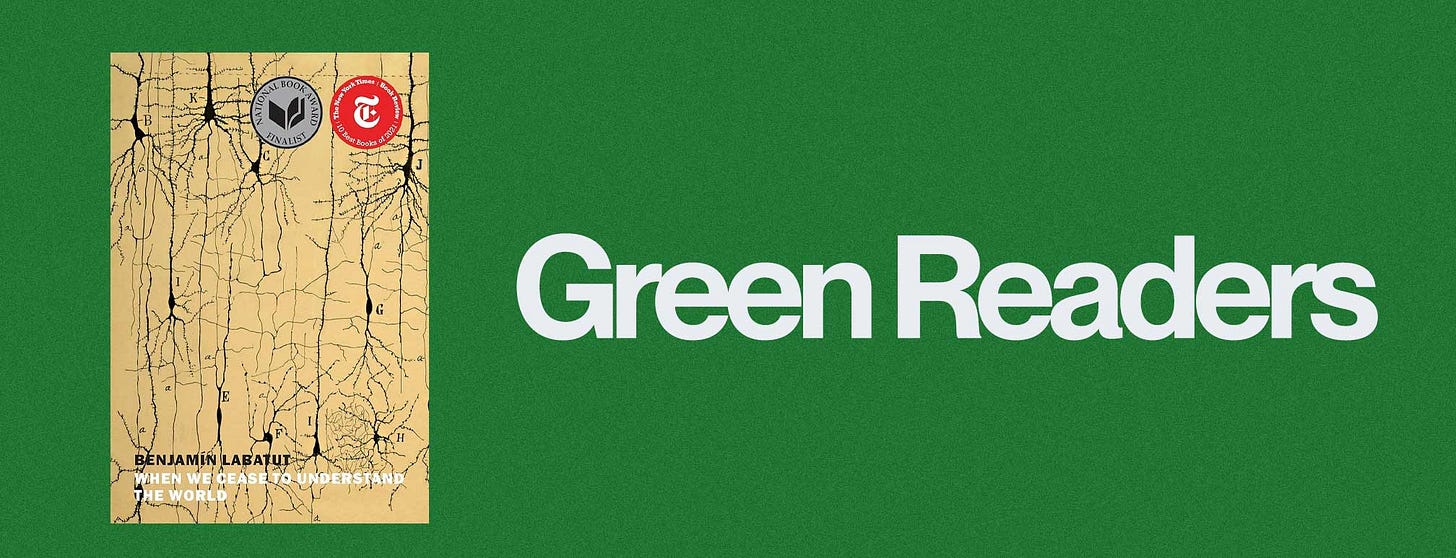
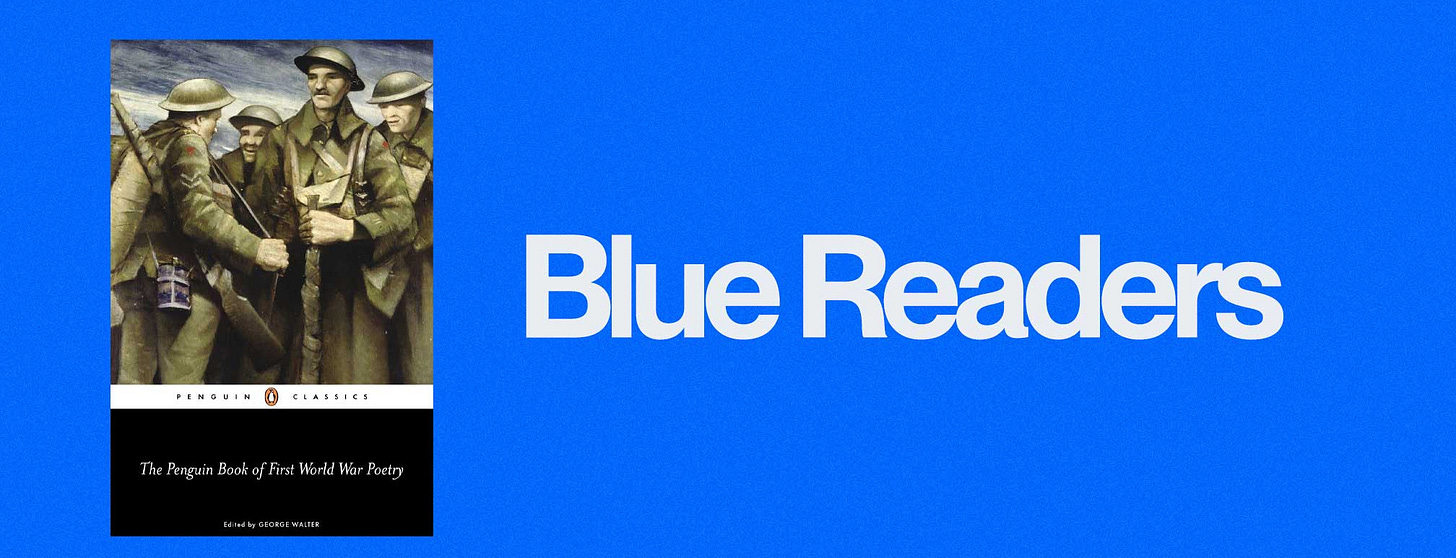
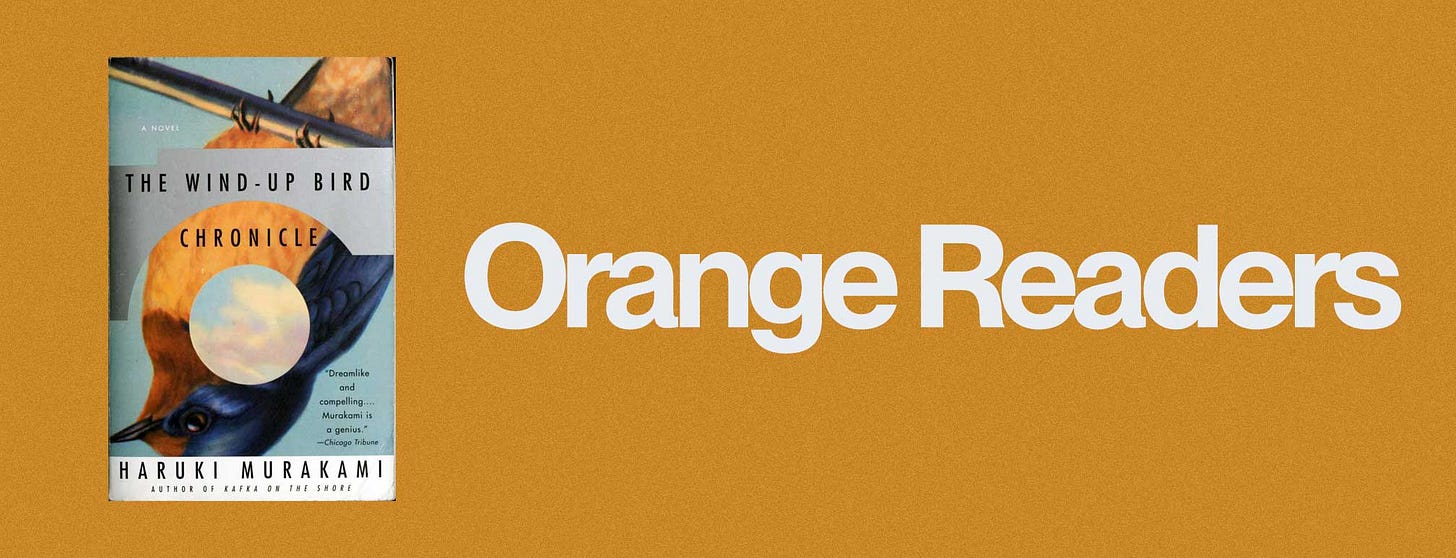
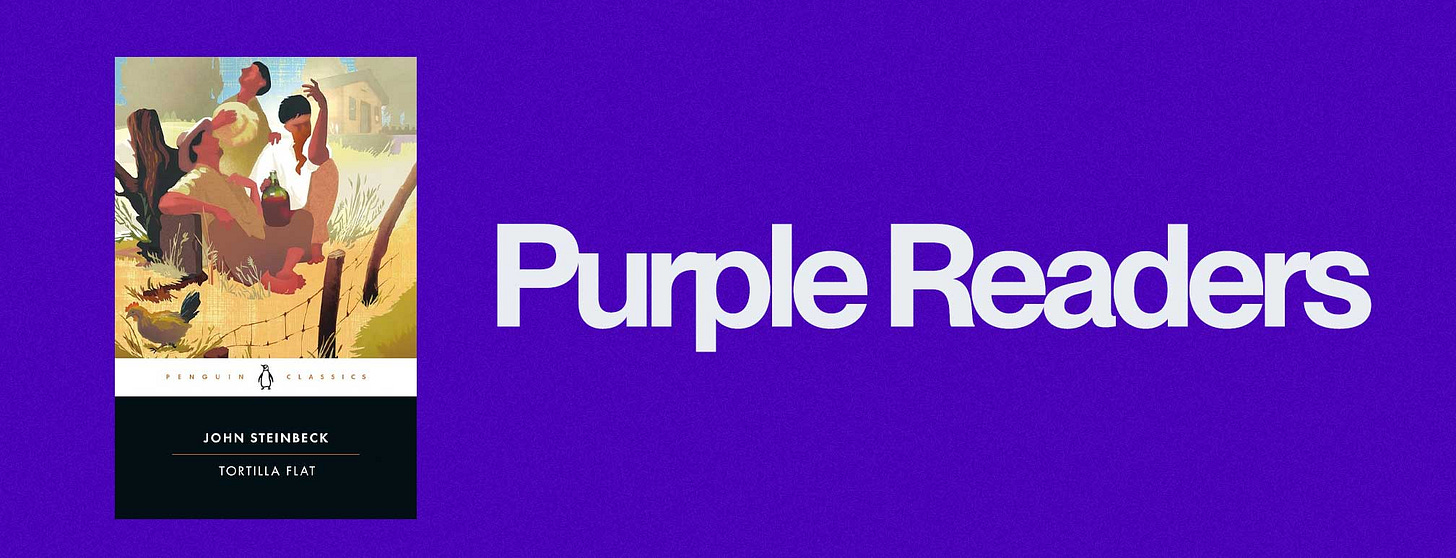
Nutritionists tell you to eat the rainbow. These selections make me want to read the rainbow.
Bel Canto is one of my all time favorite books, and seeing it here as red is perfection. You’re crushing it!